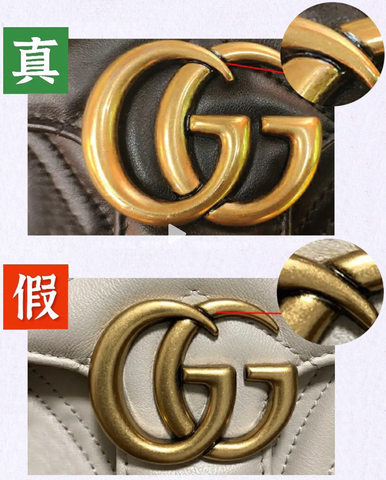How to spot fake brand bags and avoid being scammed

How to spot fake brand bags and avoid being scammed
Counterfeiting brand bags is an infringement of intellectual property rights, which will not only harm the interests of the original manufacturer, but may also cause damage to one's reputation and property. Therefore, when consumers purchase luxury goods, they must purchase through formal channels to avoid buying fakes.
Common characteristics
- Low price: The price of counterfeit brand bags is usually significantly lower than the genuine ones, so it is easy to attract consumers.
- Similar appearance: Counterfeit brand bags often look similar to the genuine ones, but if you look closely, you can still spot some differences.
- Rough workmanship: The workmanship of counterfeit brand bags is usually rough, and the details are not as refined as the authentic ones.
- Inferior materials: Counterfeit brand bags are usually made of inferior materials, which may pose safety risks when used.
- Various excuses and excuses : Counterfeit brand bag dealers will usually use various words, reasons, and excuses to explain and introduce to you.
The difference between genuine brand-name bags and counterfeit brand bags :
Material
- The materials of authentic designer bags are usually of high quality, such as top-grade leather, precision fabrics, high-quality stitching, durable edge oil, high-end hardware, etc. Counterfeit brand bags are usually made of inferior materials, such as ordinary leather, low-grade fabrics, rough stitching, cheap edge oil, inferior hardware, etc.
Production Method
- Genuine brand-name bags are usually made using meticulous standard production processes, such as exquisite sewing methods, strict symmetrical proportions, smooth bag shapes, exquisite hardware plating methods, etc.
- Details: High imitation bags usually have some flaws in the details, such as uneven stitching, unclear logo font, rough hardware workmanship, and observed texture. Consumers can look closely at the details of the bag to spot these flaws.
- Odor : The leather of counterfeit brand bags is usually made of low-quality leather, or synthetic leather or low-quality glue, so the smell may be pungent. This smell is usually of chemicals and makes people feel uncomfortable.

Anti-counterfeiting method
- Microprinting: Authentic brand-name bags may use microprinting, and small patterns or text can be seen under a magnifying glass. Counterfeit brand bags usually do not use micro-printing.
- Logo : The logo of an authentic bag is usually clear and the fonts are even. The logo of a counterfeit bag may be blurry and the fonts are uneven.
- Packaging material: The packaging of genuine bags usually uses high-end materials, such as genuine leather, silk, etc. The packaging of counterfeit bags may use inferior materials, such as plastic, paper, etc., packaging details, etc.
- Special ink: Some brands will use special ink on the packaging. Consumers can use ultraviolet light to detect it. If there is a special reaction on the packaging, it may be genuine.




Differences in materials and production methods:
- Leather: The leather of authentic brand-name bags is usually natural leather, such as cowhide, sheepskin, crocodile skin, etc. The leather of counterfeit brand bags is usually synthetic leather, or low-quality natural leather is used.
- Fabric: The fabric of authentic brand-name bags is usually of high quality, such as silk, cashmere, velvet, etc. The fabrics of counterfeit brand bags are usually of inferior quality, such as chemical fiber fabrics, artificial cotton, etc.
- Stitching: The stitching on authentic designer bags is usually even and firm. Counterfeit brand bags may have uneven stitching and weak stitching.
- Edge oil: The edge oil of authentic brand-name bags is usually uniform and has a natural luster. Counterfeit brand bags may have uneven edges and unnatural gloss.
- Hardware: The hardware of genuine brand-name bags is usually high-end, such as multi-layer vacuum electroplating gold, silver plating, chrome plating, etc. The hardware of counterfeit brand bags is usually of inferior quality, such as copper plating, nickel plating, etc.



Tips to avoid buying counterfeit brand bags
- Purchase luxury goods from formal channels, such as official flagship stores, counters, official websites, etc.
- Pay close attention to the details of the bag, such as stitching, logo , hardware, etc.
- Compare the prices. If the price is significantly lower than the market price, be vigilant.
- You can consult experienced people to determine the authenticity of the product.
- Use ultraviolet light for inspection. If there is a special reaction on the packaging, it may be genuine.